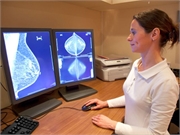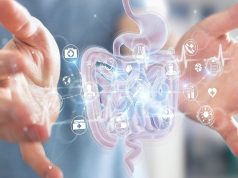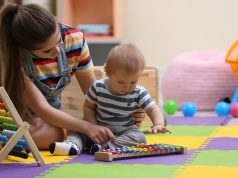False-negative rate lower for age-adjusted deep learning risk score versus density-based models
WEDNESDAY, Dec. 18, 2019 (HealthDay News) — A deep learning (DL) model can predict which women are at risk for subsequent development of breast cancer, with higher accuracy than density-based models, according to a study published online Dec. 17 in Radiology.
Karin Dembrower, M.D., from Karolinska Institutet in Stockholm, and colleagues developed a risk score associated with future breast cancer and compared it with density-based models in a retrospective study. Network development was based on cases diagnosed from 2008 to 2012; for each woman, the DL risk score, dense area, and percentage density were calculated for the earliest available digital mammogram.
A total of 2,283 women were assessed, 278 of whom were subsequently diagnosed with breast cancer. The researchers found that compared to those without a breast cancer diagnosis, women with breast cancer had higher age at mammography (mean, 55.7 versus 54.6 years), dense area (mean, 38.2 versus 34.2 cm²), and percentage density (mean, 25.6 versus 24.0 percent). Compared with dense area and percentage density, age-adjusted DL risk score had higher odds ratios (1.56, 1.31, and 1.18, respectively) and areas under the receiver operating characteristic curves (0.65, 0.60, and 0.57, respectively). The false-negative rate was lower for age-adjusted DL score (31 percent versus 36 and 39 percent, respectively); for more aggressive cancers, this difference was most pronounced.
“The deep neural network overall was better than density-based models,” Dembrower said in a statement. “And it did not have the same bias as the density-based model. Its predictive accuracy was not negatively affected by more aggressive cancer subtypes.”
Copyright © 2019 HealthDay. All rights reserved.








